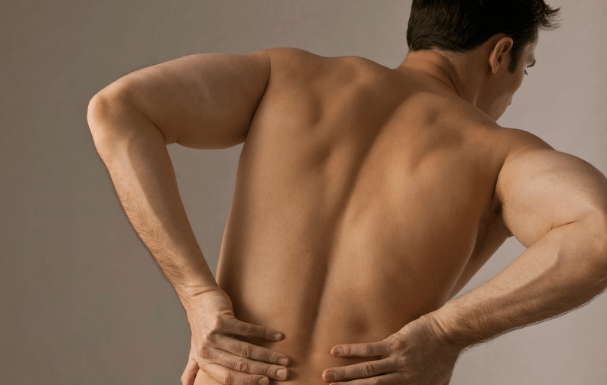How to Know if You Have a Spinal Disc Problem?
Did you know that your spine has 23 discs? Discs are located in between vertebrae in both your spine and neck. The goal is to provide cushioning between the discs and absorb shocks that can occur with overactivity.
Having a displaced disc can be very debilitating. It can impact sleep, activity, and overall quality of life. Symptoms can vary depending on the seriousness of the injury.
Sometimes disc issues occur naturally due to age. Regardless of why you are having pain due to a spinal disc problem, seeing a spine doctor is important, so it does not worsen.
What is a Herniated Disc?
A herniated disc is one of the most common reasons for spinal disc problems. With a herniated disc, the disc's soft gel material can push through a tear to the outside exterior.
Some people experience pain because the herniated disc can affect the nerves in the area.
In addition to pain, you might experience numbness and tingling.
Herniated discs can occur both due to age or activity. Many people end up with herniated discs due to improper lifting. Always remember to lift with your legs and not your back to prevent injury.
Risk factors for a herniated disc include being overweight, working a job that requires you to lift heavy objects or a family history of spinal disc problems.
With a herniated disc, there are surgical and non-surgical options for treatment. Sometimes spinal injections and physical therapy can help avoid surgery if the injury is minor.
What is a Bulging Disc?
With a bulging disc, the tough outside membrane had not ruptured. A bulging disc causes a bulge against the vertebrae, which can cause pain as it pushes against the spine's nerves.
Symptoms of a bulging disc can be pain with a burning sensation, difficulty walking, numbness, and tingling or weakness. Where the symptoms occur can vary depending on where the bulge is in the spine.
Causes of a bulging disc include age, neck and back strain, injuries or accidents, and genetics.
Suggestions to treat the condition non surgically include:
Hot of Cold therapy
Over the counter NSAIDs
Rest
Physical Therapy
Stretching exercise
Weight Loss
Surgery is sometimes a necessary option if conservative non-surgical methods of treatment have been ineffective.
What is Spinal Stenosis?
Spinal stenosis is a narrowing between the spaces of the vertebrae. Usually, spinal stenosis occurs in the neck or lower back. It can place pressure on the nerves traveling through the spine, causing pain, numbness, and weakness over time.
Symptoms of spinal stenosis can include:
Difficulty walking
Pain
Weakness in the upper or lower extremities
Numbness and tingling
Loss of bladder control if severe
Those over 50 are at the most significant risk for spinal stenosis. If you have or are currently experiencing any of the symptoms described, it is crucial to be evaluated by a spine doctor.

How to Find a Spine Doctor Near You
Whether you have tried conservative treatments that have failed or the symptoms are new, and you are unsure what to do, Pinnacle Orthopaedics is here to help you.
Looking for orthopedics near me? We have several locations to serve our community, including:
Contact or visit us so you can get back to living your best life.
The material contained on this site is for informational purposes only and DOES NOT CONSTITUTE THE PROVIDING OF MEDICAL ADVICE, and is not intended to be a substitute for independent professional medical judgment, advice, diagnosis, or treatment. Always seek the advice of your physician or other qualified healthcare providers with any questions or concerns you may have regarding your health.
